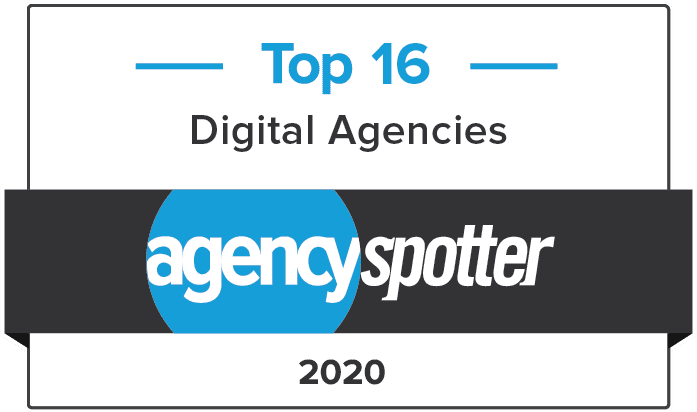
Marketing Answers for Common Business Concerns
A recent article by the chief economist for the National Retail Federation likened the economy to a kaleidoscope, where the view can rapidly change and the data provides a different reflection at every look. It’s a fitting analogy for the current times. The ripple effects of uncertainty are shaping the business climate and sending a seriously mixed bag of signals. But trends in business concerns are emerging, and smart marketing strategies can help. Here are a few we’re using right now.
Business concerns:
1) Inflation causing cautious consumers
With mixed sentiments about the economic outlook, many consumers are staying financially cautious. Analysis by consulting firm McKinsey in May 2023 showed real consumer spending fell for the first time in two years. Though inflation is slowing, it’s still too high for most Americans looking to stretch their dollars.
It’s a tricky road to navigate for businesses seeking to balance value for customers with their own rising costs. For example, the quick-service restaurant industry is struggling to offer ultra-low-cost items as food and labor costs increase.
Marketing strategies to try:
During uncertain times, it’s especially critical to reinforce the connection between your brand and your audience. Great companies address business concerns by adding value and staying relevant across economic cycles through continual communication.
Make marketing a partner to your sales and product teams, working together to understand what that drives purchase decisions. View price, product, and promotions strategically to aggressively market products that appeal to customers, and maintain appropriate profitability margins. Construct campaigns informed by customer data to pull the right levers of value, helpfulness, empathy, and decision-making.
2) Finding and keeping staff
Talent shortages have been a hot topic across nearly all sectors of business, but they’ve affected the service sector most. Since the pandemic, which drove a large “reshuffling” of the labor market, businesses providing in-person services have experienced more challenges in hiring and keeping employees. The lack of workers has had a stagnating effect on businesses that are unable to retain enough staff to meet consumer demand.
Marketing strategies to try:
If you haven’t already, it’s time to rethink hiring practices. What worked a few years ago won’t be as effective in the current environment. Many SA clients are leveraging cost-effective channels to advertise open positions to a large but targeted audience, lower barriers to application, and more efficiently vet candidates.
Job ads on social media platforms like Facebook are an example of one such strategy. Social media’s targeting ability and large base of users help improve ad visibility with the right people. To see what messages perform better, test your ad copy.
Digital job marketing can also make applying for positions easier. Some SA clients are deploying hiring ads that lead to landing pages where potential candidates fill online applications and submit from a mobile device. Initial interviews conducted virtually help screen candidates more quickly and identify which to move forward in the process.
3) Meeting evolving expectations for sustainability
Consumer intelligence firm NielsenIQ marked the year 2022 as a tipping point for sustainability. They reported a serious consumer attitude emerging around environmental, social, and governance (ESG) topics and believe the public will expect more from companies they do business with. NIQ researchers say consumers will hold brands accountable for practices that lead toward a sustainable future – and this is already visible.
When consumer spending during the last five years was studied more closely, it showed consumers are shifting their spending toward products with ESG claims, which account for more than half of all sales growth.
Marketing strategies to try:
You likely have a sustainability story to tell, even if your brand isn’t inherently rooted in an environmental mission. Take a holistic look at your business and determine where there is alignment with a sustainability message. Identify where you have sustainable practices already in place, where you can make improvements, and how you will build long-term value.
One SA client increased green practices over time by incorporating environmentally-friendly features into products and forming partnerships to recycle old products. The business educates product dealers about its program to provide a point of connection on the topic and shares information through its brand channels about safe disposal options, environmental innovations, and green accreditations. The results of the company’s efforts are an authentic story that enhances its brand reputation and loyalty.
Continual Growth
Within every challenge, there’s a hidden opportunity to flourish in new and unexpected ways, even in uncertain times. Make marketing a strategic partner in finding flexible, customer-centric solutions, and you’ll have a sustainable business strategy no matter what the kaleidoscope presents.
Written by Randy Driesen and Lindsey Moore, directors of Client Strategy and Service at Strategic America, a full-service national marketing agency. Learn how SA can help with your business concerns by connecting your brand to your audience.



